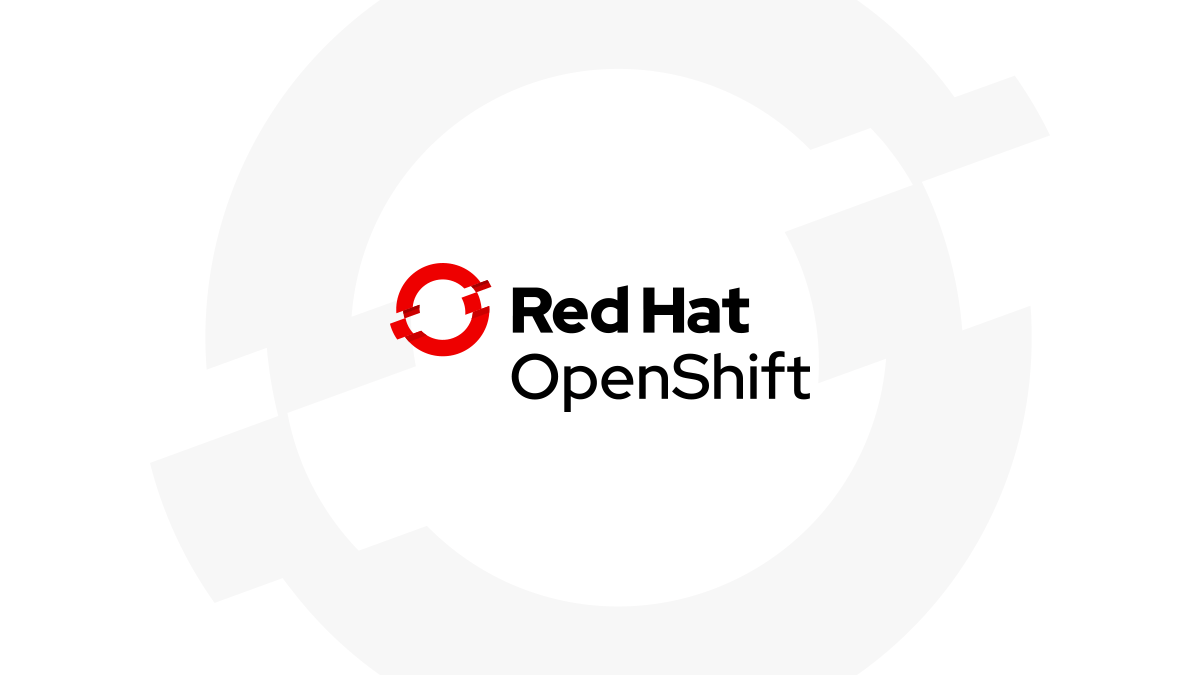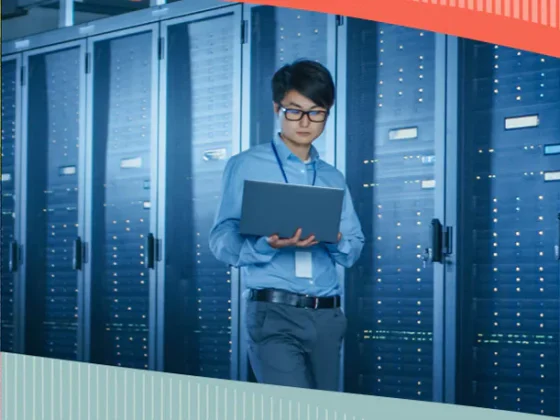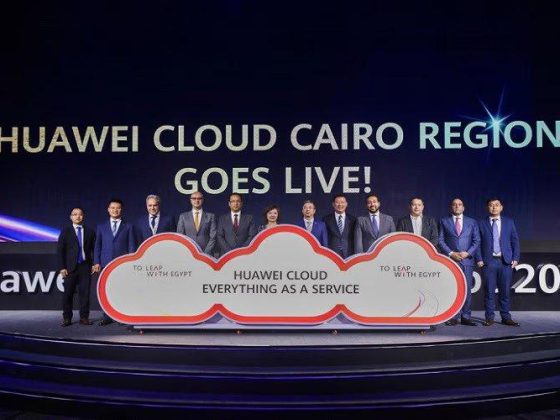Red Hat, Inc., the world’s leading provider of open source solutions, today announced that Siemens has used Red Hat OpenShift, the industry’s leading enterprise Kubernetes platform, to improve the availability, performance and security posture of mission-critical applications at its Amberg production facility.
Siemens’ Amberg manufacturing and development site is part of Siemens’ Digital Industries division and pioneers Industry 4.0 applications. Siemens Amberg produces multiple products including SIMATIC, its industrial automation portfolio. Data is processed at the factory edge to help keep the average response time down.
From our partners:
With a goal to improve flexibility and efficiency of production, shorten cycles of innovation and maximize uptime, Siemens Amberg needed to upgrade its existing monolithic IT infrastructure and support more seamless collaboration between information technology (IT) and operational technology (OT) teams. Siemens chose to implement a cloud-native, modular, microservices-based architecture on Red Hat OpenShift running in the factory.
Siemens collects data at the factory, analyzes it in the cloud and applies learnings to improve operations continuously with the help of artificial intelligence (AI) tools. AI use cases at the factory include applying machine learning (ML) for predictive maintenance and quality assurance, such as replacing equipment before it breaks and inspecting x-ray images of hidden solder joints to detect potential anomalies. By predicting failures in advance, Siemens is able to save downtime costs. Integrated GitOps capabilities in OpenShift enable more frequent updates and deployment of these applications to the factory floor, enabling continuous improvement in the AI inferencing prediction accuracy.
Siemens is also building private 5G infrastructures in plants including Amberg, aiming to facilitate the flexible analysis of larger data volumes. Siemens has the option to implement a software-defined private 5G solution on Red Hat OpenShift as an extension of its container platform.
Red Hat OpenShift provides Siemens with a more consistent open hybrid cloud platform, making it possible for Siemens to manage, scale and improve the security capabilities of applications interoperably from core to edge. The company can choose to run Red Hat OpenShift at the manufacturing floor or consume it as a managed service in multiple public clouds. Siemens worked closely with Red Hat Consulting and completed Red Hat Training courses during the deployment process to upskill its teams and embrace agile working methodologies that help it more quickly get value from its new technologies. Siemens is now able to reuse code around the world to apply best practices to other factories.
Using Red Hat OpenShift’s self-service and automation capabilities in combination with GitOps, Siemens developers are spending less time on routine tasks and can now push smaller, iterative changes more regularly without interrupting operations. For example, patches or updates for applications can be applied daily. Previously, Siemens only performed system upgrades twice a year, scheduled a year in advance, because they entailed disruption to production operations. Being able to more quickly deliver system updates also helps address potential security vulnerabilities and threats faster, without interrupting production operations. Red Hat provides ongoing patches and bug fixes for the container application stack, including the container host, cluster management and applications and services running on the platform.
Siemens continues to modernize and refactor applications at Amberg to replace large, complex solutions with more responsive, modular microservices. New projects on the horizon include Siemens replacing its Manufacturing Execution System (MES) with a new Modular Ecosystem for Manufacturing Operations (MEMO).
Supporting Quotes
Francis Chow, vice president and general manager, In-Vehicle Operating System and Edge, Red Hat
“It’s exciting to be working with Siemens Amberg to bring open source to the factory edge. By breaking down the silos around information technology (IT) and operational technology (OT), Red Hat is helping Siemens better capitalize on its AI and cloud-native strategy at the edge. This project is driving greater efficiencies in Siemens’ operations, more timely data-driven insights and continuous innovation – the tip of the iceberg of what open innovation can do in the manufacturing world. We look forward to collaborating further with Siemens as the company looks to scale success across its smart factory footprint on a foundation of Red Hat OpenShift.”
Christian Schulze, IT project manager, Siemens Amberg
“For our digital factories to bring forth breakthrough manufacturing innovations, they must also be technologically state-of-the-art. Since adopting Red Hat OpenShift at Amberg, our most advanced site, Siemens developers enjoy greater productivity, faster roll out of features and less disruption. Red Hat OpenShift’s scalable platform architecture gives us more consistency and flexibility across a hybrid environment and we can capitalize on data-driven decisioning at the edge. Our collaboration with Red Hat has enabled us to be more responsive as a business to changing demands and to better attract and retain talent, so in turn we can better help our customers on their journeys to becoming true digital enterprises.”
Connect with Red Hat
- Learn more about Red Hat
- Get more news in the Red Hat newsroom
- Read the Red Hat blog
- Follow Red Hat on Twitter
- Join Red Hat on Facebook
- Watch Red Hat videos on YouTube
- Follow Red Hat on LinkedIn
ABOUT RED HAT
Red Hat is the world’s leading provider of enterprise open source software solutions, using a community-powered approach to deliver reliable and high-performing Linux, hybrid cloud, container, and Kubernetes technologies. Red Hat helps customers integrate new and existing IT applications, develop cloud-native applications, standardize on our industry-leading operating system, and automate, secure, and manage complex environments. Award-winning support, training, and consulting services make Red Hat a trusted adviser to the Fortune 500. As a strategic partner to cloud providers, system integrators, application vendors, customers, and open source communities, Red Hat can help organizations prepare for the digital future.
FORWARD-LOOKING STATEMENTS
Except for the historical information and discussions contained herein, statements contained in this press release may constitute forward-looking statements within the meaning of the Private Securities Litigation Reform Act of 1995. Forward-looking statements are based on the company’s current assumptions regarding future business and financial performance. These statements involve a number of risks, uncertainties and other factors that could cause actual results to differ materially. Any forward-looking statement in this press release speaks only as of the date on which it is made. Except as required by law, the company assumes no obligation to update or revise any forward-looking statements.
###
Red Hat, Red Hat Enterprise Linux, the Red Hat logo, JBoss, Ansible, Ceph, CloudForms, Gluster and OpenShift are trademarks or registered trademarks of Red Hat, Inc. or its subsidiaries in the U.S. and other countries. Linux® is the registered trademark of Linus Torvalds in the U.S. and other countries. The OpenStack Word Mark is either a registered trademark/service mark or trademark/service mark of the OpenStack Foundation, in the United States and other countries, and is used with the OpenStack Foundation’s permission. Red Hat is not affiliated with, endorsed or sponsored by the OpenStack Foundation, or the OpenStack community.
For enquiries, product placements, sponsorships, and collaborations, connect with us at [email protected]. We'd love to hear from you!
Our humans need coffee too! Your support is highly appreciated, thank you!








